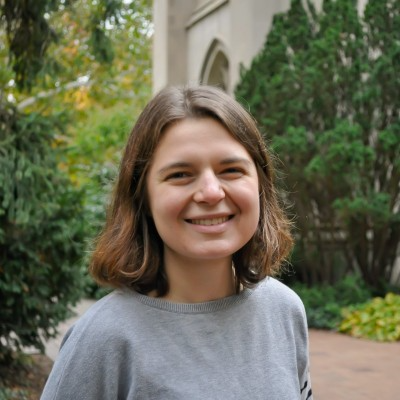Multidisciplinary KBS team produces new conservation tool
The first-ever Prairie Strip Partial Budget is now available through MSU Extension and MiSTRIPS

Now available on the MSUE website, this new conservation tool helps producers figure out whether marginally productive areas—often field borders, low-lying areas or cumbersome extensions of fields—may cost more to put into production than to restore to prairie.
“This new tool predicts that prairie strips could save farmers money if planted in areas where crops yield below 50% of the statewide average,” said Rachel Drobnak who assumed the lead role mid-way through the project, and worked with a team of more than a dozen faculty, staff and students to create the interactive spreadsheet.
“My PhD program is focused around the use of conservation practices, mainly prairie strips, to improve soil health outcomes in conventional agriculture systems,” said Rachel.

As a graduate student, Rachel manages multiple research projects evaluating the soil health and nematode community shifts under prairie strips, including at experimental sites (KBS-LTER) and on Michigan farms. “I am interested in a career in agricultural outreach, so this project perfectly combines the agroecological projects I am conducting along with professional communication skills in Extension and outreach.”



 Print
Print Email
Email




